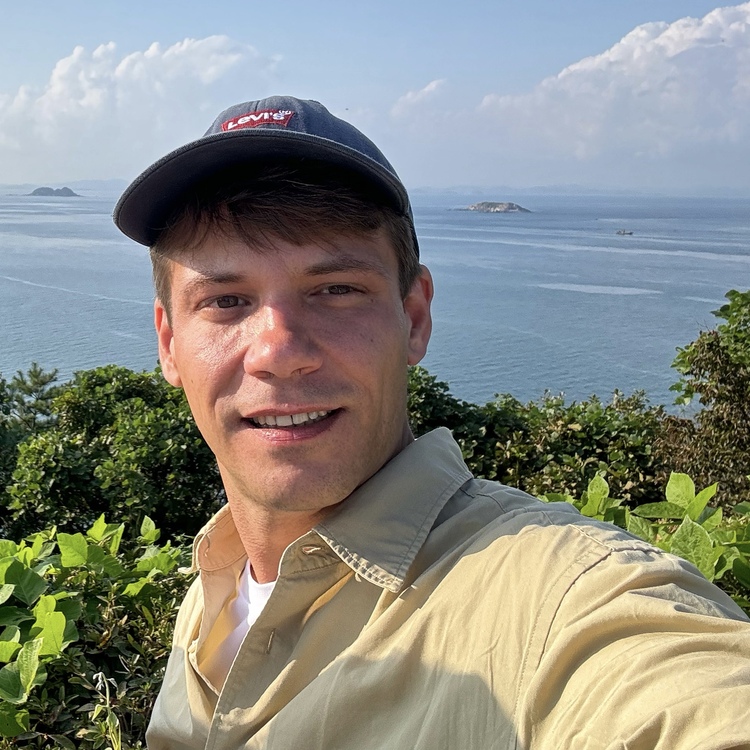Reminisces of my grandparents' journey through photos, travel logs, and an old Hungarian guidebook (Part 1)
Greg Vaczi is an Intern at Koryo Tours. He first visited North Korea in 2016, and has visited more than 30 countries. He lived in the Netherlands, Israel, and China since he moved from Hungary in 2014. You can follow Greg’s adventures on Instagram @gergovaczi.
My first encounter with Korea was in a form of a scary bottle on the top of my uncle’s bookshelf. It was bemju or snake wine that my grandparents had brought back as a present to my uncle from their three-week-long visit to the DPRK in 1988. It was not until my first visit to the coastal city of Wonsan in 2016 that I realized that I also possessed a relic from Korea: a band of frogs made of seashells (below). Imagine my surprise when while buying chocolates and coffee after a chilly swim in the East Sea at the shop in Sijung Lake Beach I found myself face to face with a trinket from my childhood.
My grandparents visited the DPRK in the summer of 1988 as members of one of the last family delegations of the Hungarian People’s Army (relations between the two nations started to become bitter as the Hungarian People’s Republic – being the first country from the Soviet Block to do so – established economic and diplomatic relations with the South around the time of the Seoul Olympics). During the Soviet-era, high ranking military officers and their wives had the chance to go on a protocol holiday to other socialist and 'friendly' countries in Europe, Africa, the Middle East and Asia. It was an opportunity for both countries; not only did Hungarian delegations visit the DPRK, but Korean military officers and their wives also spent a few weeks in Hungary in return. One of my grandfather’s friends went on such a holiday to the DPRK in 1987, and it was his experience that encouraged my grandfather to apply for the next delegation from Budapest (below).
The 1980s saw the greatest number of Hungarians traveling to Korea. Back then, most of them traveled to the DPRK via Moscow as there was a twice weekly air bridge between the Soviet and Korean capitals. The non-stop flight on an Aeroflot or Chosonminhang (Air Koryo's name at the time) Ilyushin Il-62 aircraft lasted for eight hour; the entire trip from Budapest to Pyongyang, including a half-day layover in Moscow (below), took a little over seventeen hours. In comparison, today the shortest travel time between the two capitals is more than eighteen hours and requires two transfers.
My grandparents' delegation was greeted at the Pyongyang Airport by the two guides who presented them with flowers. One of the guides was an orphan of the Korean War who had spent a couple of years in Hungary in the early 1950s where he attended Hungarian schools. Because of this, he spoke Hungarian and even bore a Hungarian name, Robi. The other guide, Kim, had gone to university in Yugoslavia. Despite his claims that he didn't understand Hungarian, he later burst out in laughter at a joke that the visitors had made amongst themselves. The delegation got a car and a minivan, the former designated to the senior official of the group, with accommodations in Pyongyang at a military guesthouse (below).
Although the trip was varied from that of the tours led today in its nature, the places on the itinerary were the same thirty years ago as they are today. One striking difference is that it was more of a proper holiday than a site-seeing tour since quite a few days were spent relaxing on the seaside. In a series of blog posts, we'll relive my grandparents' 1988 visit to the DPRK through their photos, travel log, and a Hungarian guidebook from the time.
